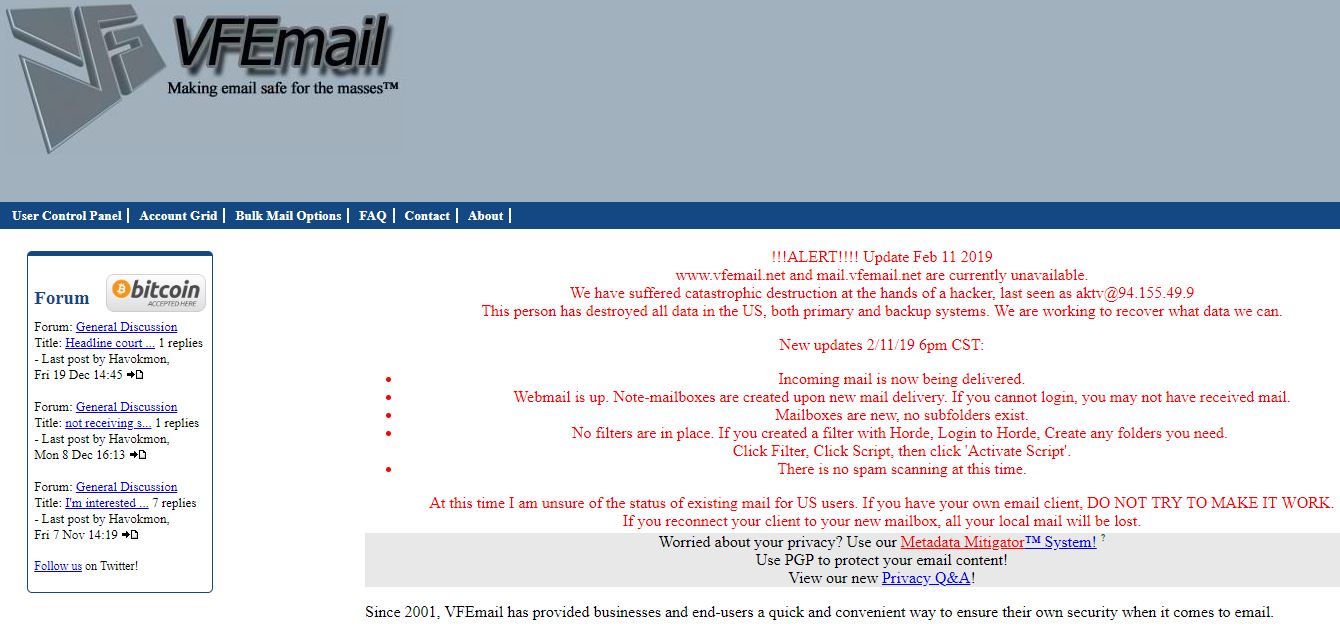Cybercriminals are auctioning off access to customer information stolen from an online data broker behind a dizzying array of bait-and-switch Web sites that sell access to a vast range of data on U.S. consumers, including DMV and arrest records, genealogy reports, phone number lookups and people searches. In an ironic twist, the marketing empire that owns the hacked online properties appears to be run by a Canadian man who’s been sued for fraud by the U.S. Federal Trade Commission, Microsoft and Oprah Winfrey, to name a few.
Earlier this week, a cybercriminal on a Dark Web forum posted an auction notice for access to a Web-based administrative panel for an unidentified “US Search center” that he claimed holds some four million customer records, including names, email addresses, passwords and phone numbers. The starting bid price for that auction was $800.
Several screen shots shared by the seller suggested the customers in question had all purchased subscriptions to a variety of sites that aggregate and sell public records, such as dmv.us.org, carhistory.us.org, police.us.org, and criminalrecords.us.org.

A (redacted) screen shot shared by the apparent hacker who was selling access to usernames and passwords for customers of multiple data-search Web sites.
A few hours of online sleuthing showed that these sites and dozens of others with similar names all at one time shared several toll-free phone numbers for customer support. The results returned by searching on those numbers suggests a singular reason this network of data-search Web sites changed their support numbers so frequently: They quickly became associated with online reports of fraud by angry customers.
That’s because countless people who were enticed to pay for reports generated by these services later complained that although the sites advertised access for just $1, they were soon hit with a series of much larger charges on their credit cards.
Using historic Web site registration records obtained from Domaintools.com (a former advertiser on this site), KrebsOnSecurity discovered that all of the sites linked back to two related companies — Las Vegas, Nev.-based Penguin Marketing, and Terra Marketing Group out of Alberta, Canada.
Both of these entities are owned by Jesse Willms, a man The Atlantic magazine described in an unflattering January 2014 profile as “The Dark Lord of the Internet” [not to be confused with The Dark Overlord].
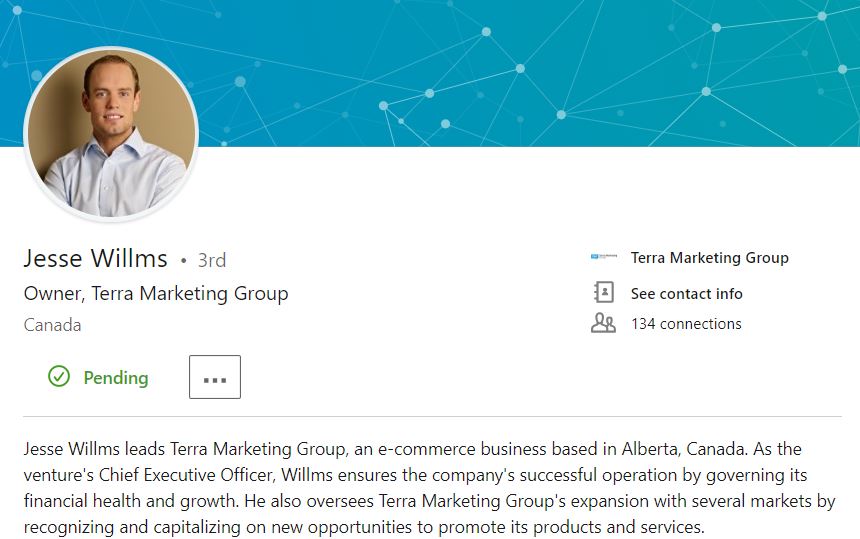
Jesse Willms’ Linkedin profile.
The Atlantic pointed to a sprawling lawsuit filed by the Federal Trade Commission, which alleged that between 2007 and 2011, Willms defrauded consumers of some $467 million by enticing them to sign up for “risk free” product trials and then billing their cards recurring fees for a litany of automatically enrolled services they hadn’t noticed in the fine print.
“In just a few months, Willms’ companies could charge a consumer hundreds of dollars like this, and making the flurry of debits stop was such a convoluted process for those ensnared by one of his schemes that some customers just canceled their credit cards and opened new ones,” wrote The Atlantic’s Taylor Clark.
Willms’ various previous ventures reportedly extended far beyond selling access to public records. In fact, it’s likely everyone reading this story has at one time encountered an ad for one of his dodgy, bait-and-switch business schemes, The Atlantic noted:
“If you’ve used the Internet at all in the past six years, your cursor has probably lingered over ads for Willms’s Web sites more times than you’d suspect. His pitches generally fit in nicely with what have become the classics of the dubious-ad genre: tropes like photos of comely newscasters alongside fake headlines such as “Shocking Diet Secrets Exposed!”; too-good-to-be-true stories of a “local mom” who “earns $629/day working from home”; clusters of text links for miracle teeth whiteners and “loopholes” entitling you to government grants; and most notorious of all, eye-grabbing animations of disappearing “belly fat” coupled with a tagline promising the same results if you follow “1 weird old trick.” (A clue: the “trick” involves typing in 16 digits and an expiration date.)”
In a separate lawsuit, Microsoft accused Willms’ businesses of trafficking in massive quantities of counterfeit copies of its software. Oprah Winfrey also sued a Willms-affiliated site (oprahsdietscecrets.com) for linking her to products and services she claimed she had never endorsed.
KrebsOnSecurity reached out to multiple customers whose name, email address and cleartext passwords were exposed in the screenshot shared by the Dark Web auctioneer who apparently hacked Willms’ Web sites. All three of those who responded shared roughly the same experience: They said they’d ordered reports for specific criminal background checks from the sites on the promise of a $1 risk-free fee, never found what they were looking for, and were subsequently hit by the same merchant for credit card charges ranging from $20 to $38. Continue reading





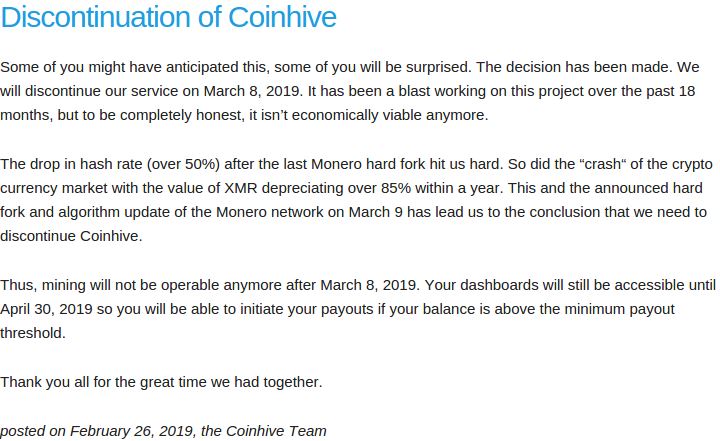
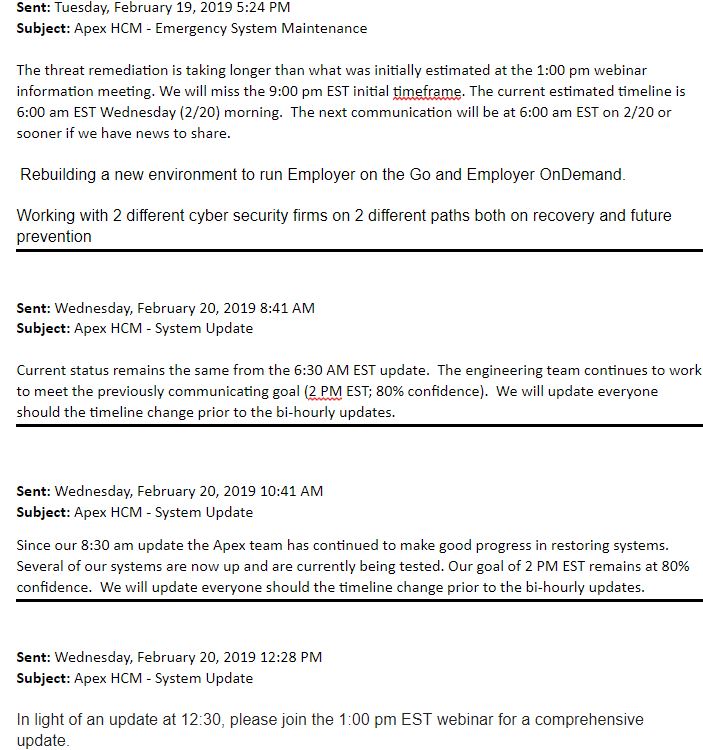


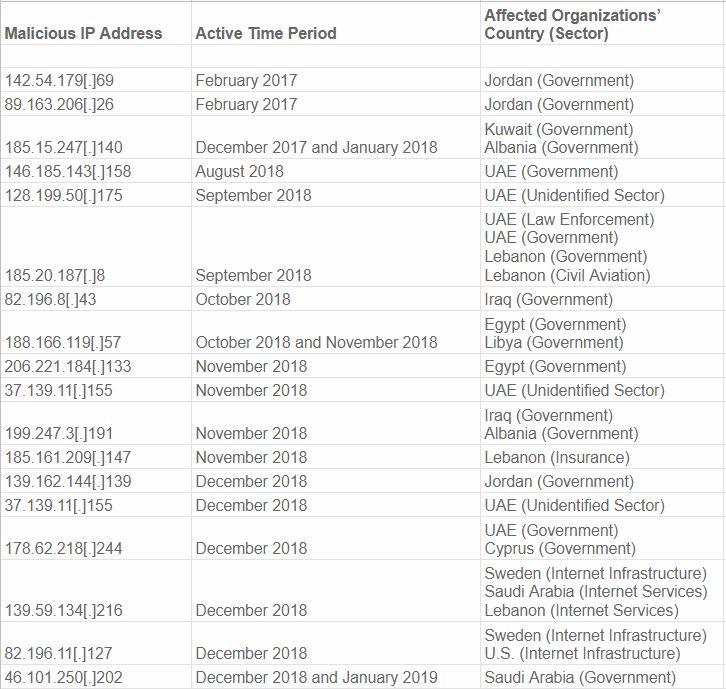
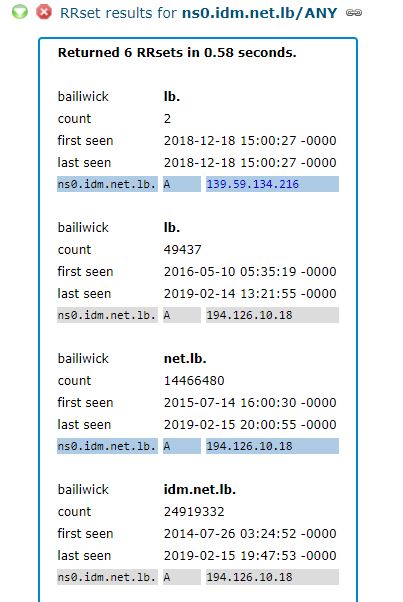
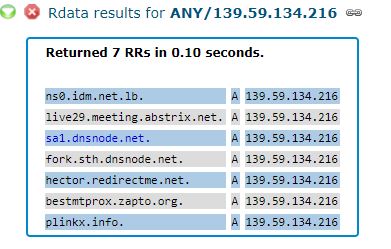

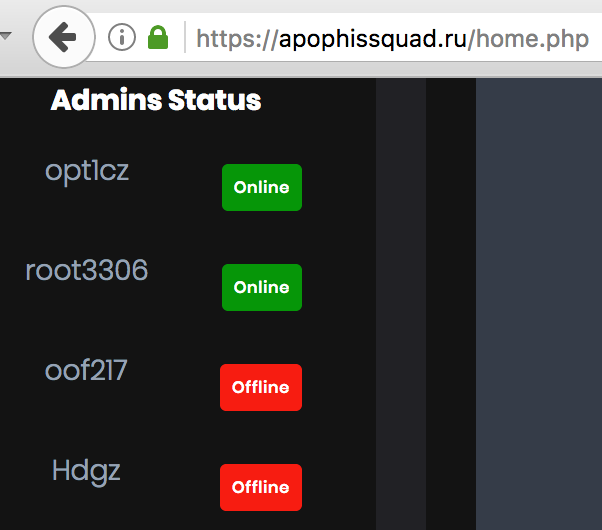
 Some 20 of the flaws addressed in February’s update bundle are weaknesses labeled “critical,” meaning Microsoft believes that attackers or malware could exploit them to fully compromise systems through little or no help from users — save from convincing a user to visit a malicious or hacked Web site.
Some 20 of the flaws addressed in February’s update bundle are weaknesses labeled “critical,” meaning Microsoft believes that attackers or malware could exploit them to fully compromise systems through little or no help from users — save from convincing a user to visit a malicious or hacked Web site.